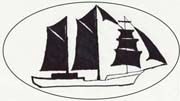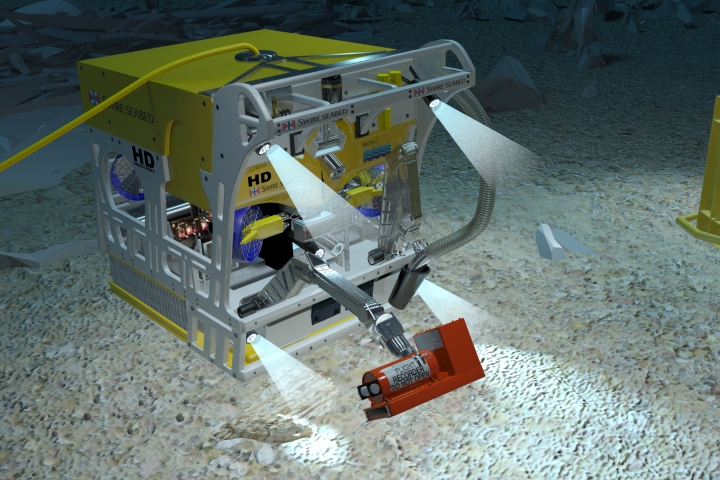 World War II left a litany of shipwrecks around the world. In the middle Atlantic region of the United States, these wrecks provided valuable hard structure habitat in a portion of the ocean dominated by sand bottoms and shorelines. The hard structure of a steel shipwreck is a haven for dozens of species and provides substrate oases for anemones and mussels that would otherwise not be present in the great sand flats of the mid-Atlantic coast, a place to settle and grow.
World War II left a litany of shipwrecks around the world. In the middle Atlantic region of the United States, these wrecks provided valuable hard structure habitat in a portion of the ocean dominated by sand bottoms and shorelines. The hard structure of a steel shipwreck is a haven for dozens of species and provides substrate oases for anemones and mussels that would otherwise not be present in the great sand flats of the mid-Atlantic coast, a place to settle and grow.
Fishermen quickly found these remnants of storms and wars were the place to capture their prey. In an effort to improve habitat for species such as sea bass and tautog, some states began sinking vessels which had been scrupulously cleaned of all contaminates. The wrecks are an oasis and have been extensively colonized by anemones, mussels, and algae which in turn attract starfish, crabs, lobster and fish. Even flounder, a fish associated with sand flats, utilizes the flat surfaces of the reef material as a hunting ground for small prey.
Since the shipwrecks concentrate both fish and fishermen, fishing mortality also increased dramatically. The ultimate scientific question is do these artificial reefs actually increase the fish population or do they concentrate the fish, allowing fishermen to take a higher percent of the population? There are proponents on both sides of the argument and a definitive answer has not yet been scientifically determined since monitoring fish populations is extremely difficult to do.
Certain species of fish are drawn to structure. I once surveyed 10 square miles of a large, open sand flat with a single shipwreck. Miles from the wreck we found and dove a single 55-gallon drum of which the top had been cut off. Inside and around the drum were 17 sea bass.
Why would the fish be drawn to structure unless there was an evolutionary advantage to being near the structure? Whether a shipwreck or rocks, the hard habitat provides both shelter and food — an advantage for many species. And yet concentrating fish around structure allows for a much more efficient predation by man.
On balance, while not proven conclusively, I tend to lean towards the benefits of adding artificial habitat which is beneficial to both the fish population and human predators. The way to limit predation is through effective regulations such as creel limits and size restrictions.
Shipwrecks truly are a biological oases.
© Copyright Vince Capone 2013


